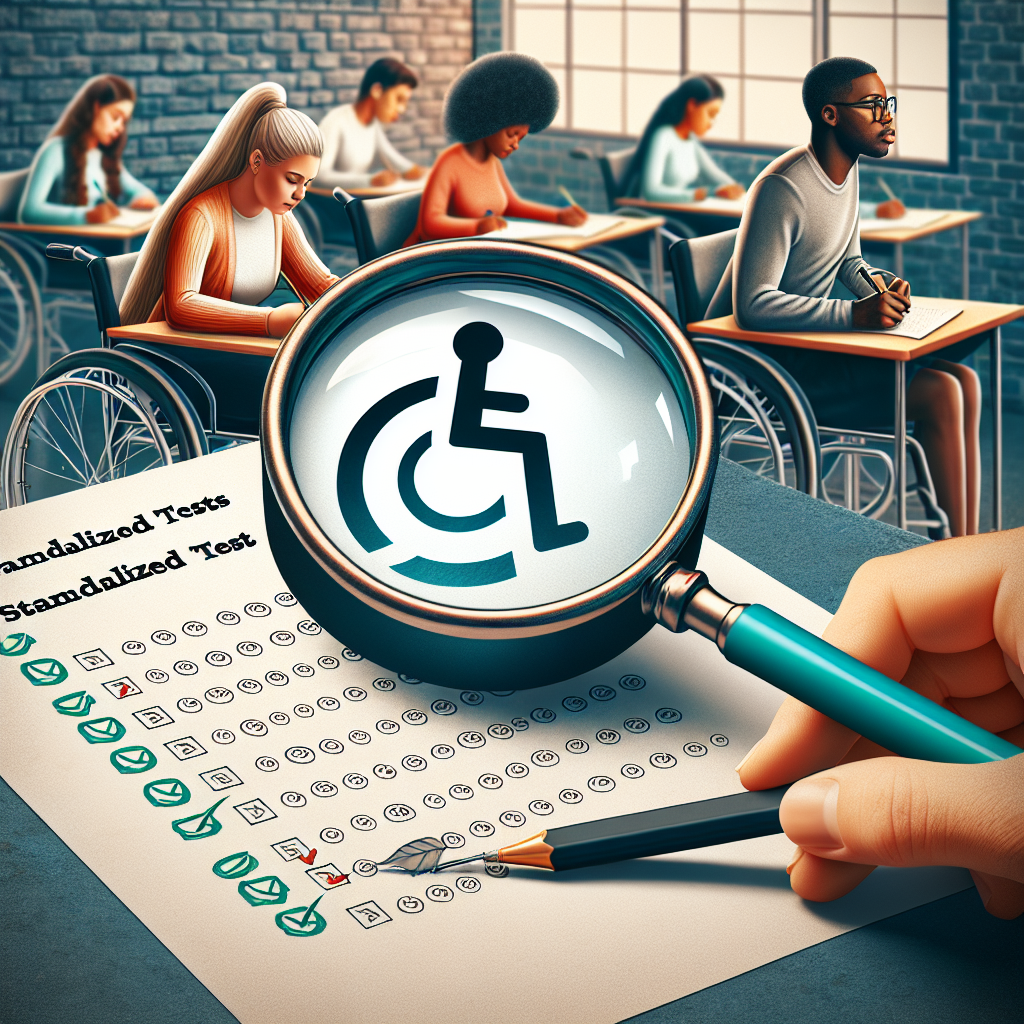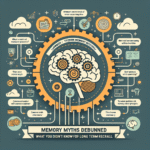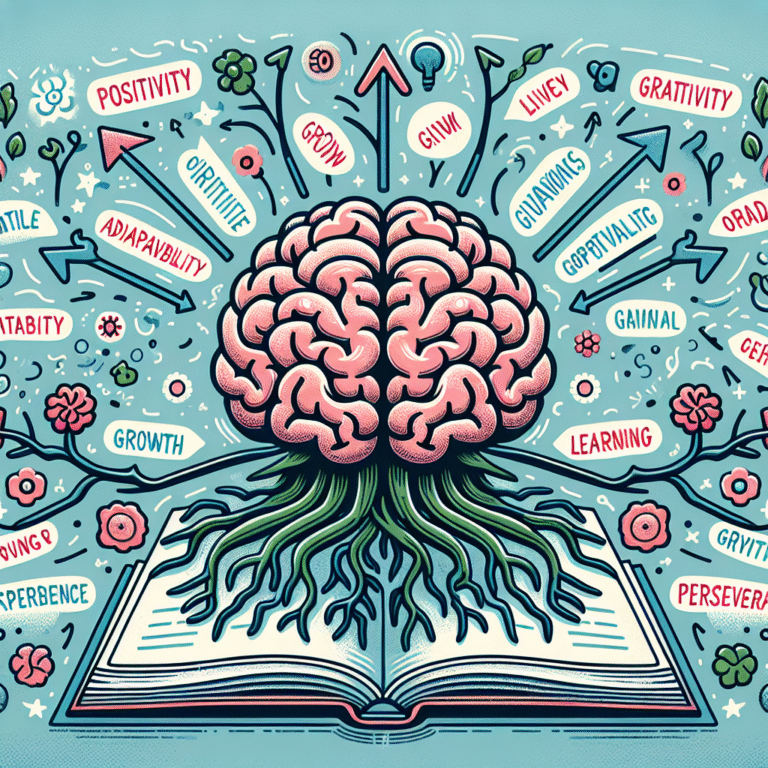
Introduction
Imagine standing at the starting line of a race, but your peers have been given a head start while you are weighed down with obstacles. That’s the reality for many students facing standardized tests today. The debate surrounding Standardized Tests and Equity: A Closer Look at Accessibility goes beyond mere numbers and statistics; it delves into the lives of students grappling with systemic inequalities. With the growing awareness of social justice in education, understanding accessibility in standardized testing is paramount. How do these tests impact student equity? This article will explore this critical topic through comprehensive insights, real-world examples, and actionable steps for improvement.
The Landscape of Standardized Testing
Standardized tests have long been utilized to gauge student performance and educational standards. However, they often come under fire for their alleged biases and lack of inclusivity.
What Are Standardized Tests?
Standardized tests are assessments administered and scored in a consistent manner. They often aim to evaluate a student’s understanding of a subject matter, typically at the state or national level. Common examples include the SAT, ACT, and various state assessments.
Purpose and Criticism
While standardized tests can provide valuable data about educational outcomes, critics argue that they disproportionately disadvantage marginalized communities. These tests can reinforce existing inequities by creating barriers to access and opportunities.
The Importance of Equity in Education
Education should serve as a great equalizer, offering every student a chance to succeed. Yet, when it comes to standardized testing, the landscape is often uneven. Equity in education encompasses fair access, resources, and support tailored to meet diverse student needs.
The Accessibility Challenge in Standardized Tests
Understanding the concept of accessibility is crucial when discussing Standardized Tests and Equity: A Closer Look at Accessibility.
Barriers to Accessibility
Economic Inequities: Students from lower-income backgrounds may struggle to access necessary resources like test prep courses or transportation to testing centers.
Cultural Biases: Questions on standardized tests may reflect cultural norms unfamiliar to students from diverse backgrounds, leading to lower performance levels.
- Learning Disabilities: The standard format of tests can disadvantage students with learning disabilities who require specific accommodations to perform at their best.
Case Study: The SAT and Socioeconomic Status
A study conducted by the College Board revealed that students from families earning less than $30,000 a year scored, on average, 400 points lower on the SAT than those from families earning more than $100,000. This stark contrast highlights the inherent disparities and the pressing need for equity in testing.
Analysis
This case underscores the intersection of standardized testing and socioeconomic status, revealing a profound inequity that necessitates action and reform.
The Role of Accommodations
Legitimate accessibility requires effective accommodations for students with disabilities, English Language Learners (ELL), and others facing barriers.
- Extended Time: Offering extra time can significantly impact test performance.
- Alternative Formats: Providing tests in different languages or formats can help bridge the gap for ELL students.
- Specialized Supports: Tools such as calculators or sensory-friendly environments can aid students with disabilities.
Strategies for Improving Accessibility
Understanding and improving accessibility requires a multi-faceted approach.
Policy Reform
Governments and educational institutions must implement policies that prioritize equitable access to standardized tests. This includes amending current testing frameworks to better accommodate diverse learners.
Community and Parental Involvement
Engaging communities and parents in discussions about standardized tests can illuminate unique challenges faced by students. This collaboration can drive advocacy for fairer practices.
Educational Resources
Investing in educational resources that assist low-income students can level the playing field. Organizations providing free tutoring and test prep can be a game-changer for equity in testing.
The Future of Standardized Testing
As conversations about Standardized Tests and Equity: A Closer Look at Accessibility continue to evolve, what does the future hold?
Alternative Assessment Models
Many experts advocate for shifting away from traditional standardized tests towards more holistic assessments, including project-based evaluations and portfolios. These models can offer a broader perspective of student abilities.
Technology’s Role
Emerging technologies can facilitate accessibility through tailored testing programs. Adaptive assessments that change based on a student’s skill level may provide a more accurate measure of competency.
The Emotional Impact of Standardized Testing
Anxiety and Performance Pressure
The pressure to perform well on standardized tests can lead to significant anxiety for students. Recognizing mental health as an essential component of student success is vital for a fair testing environment.
Case Study: High-Stakes Testing and Student Well-Being
A survey conducted by the American Psychological Association found that over 70% of students reported feeling stress related to standardized testing. Schools in regions with multiple test mandates saw declines in overall student well-being.
Analysis
This highlights the critical connection between testing practices and student mental health, reaffirming the necessity for reform in this area.
Conclusion
Standardized testing remains a contentious issue in education, especially concerning equity and accessibility. As we have explored, the implications of these tests extend far beyond the classroom, affecting students’ futures and mental health. Advocating for change—through policy reform, community involvement, and alternative assessments—can help create a more equitable educational landscape.
We must continue to challenge the status quo, ensuring that all students have access to the opportunities they deserve.
Actionable Insights
- Engage in local discussions about educational equity and standardized testing.
- Advocate for policy changes in school districts to improve accessibility measures.
- Utilize available resources for test preparation, and support organizations focused on community outreach.
FAQs
1. Why are standardized tests important?
Standardized tests help measure student performance and educational standards, providing data that can influence educational policy and practice.
2. How do standardized tests affect students with disabilities?
Students with disabilities may face challenges due to the traditional format of tests. Accommodations are necessary to ensure fair assessments that reflect their true abilities.
3. What are some alternatives to standardized testing?
Alternatives include project-based assessments and portfolios, which provide a more comprehensive view of student capabilities.
4. How can parents support their children during testing?
Parents can help by advocating for their children’s needs, engaging in test preparation, and fostering a healthy mindset towards testing.
5. Are standardized tests changing?
Yes, there is a growing movement towards more equitable testing practices, including the incorporation of technology and alternative assessment methods.
In conclusion, examining Standardized Tests and Equity: A Closer Look at Accessibility opens the door to critical conversations about reforming educational practices for the betterment of all students. Together, we can work towards a more inclusive and equitable educational system.

















